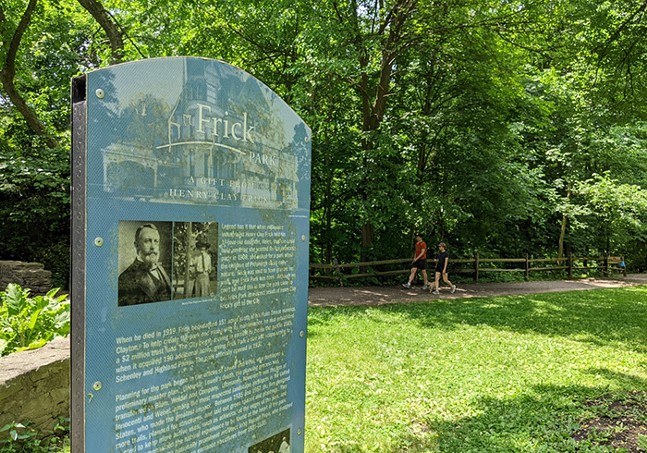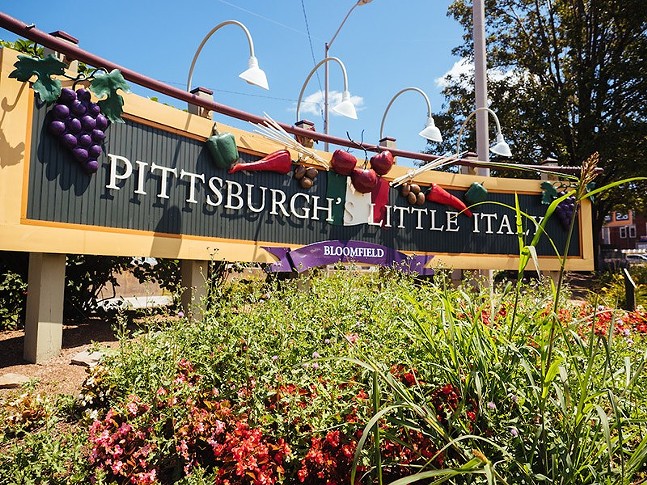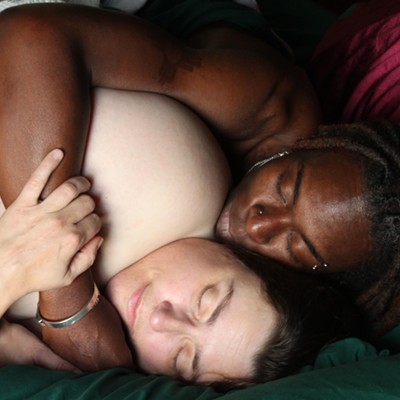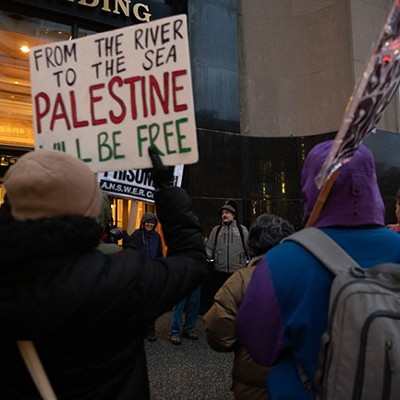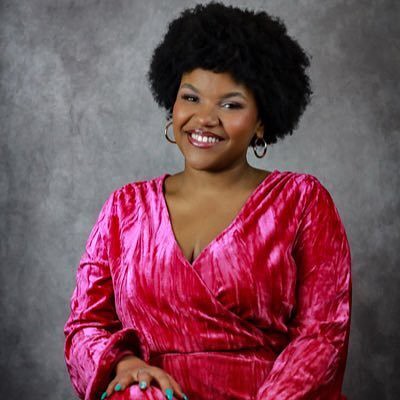Squabbles around how to classify Pittsburgh’s 90 nebulous neighborhoods have lately stirred up our otherwise peaceable newsroom. I speak as a dispassionate seeker of truth (not a resident of Brighton Heights obviously) in suggesting that, when listing the locale of various events and happenings we write up, the North Side’s 18 neighborhoods should be named according to their…name. But some of my East End-dwelling colleagues, following the paper’s longtime precedent and the predilections of Pittsburgh residents, aren’t convinced. As it stands, “North Side” is apparently an equally appropriate designation for Manchester, Marshall-Shadeland, Observatory Hill, or any other spot north of the Allegheny because, so I keep hearing, “no one really knows where they are anyway.”
But my coworkers – stingy in their estimations of the city's northern heterogeneity – are nevertheless generous in spirit. Well aware of the blinders East Enders sometimes wear, they suggested (actually demanded) I lampoon their haughty East End ways in a testy polemic, and they served me up some inspiration (including this headline). Well, challenge accepted.
Since moving within city limits around 2016, I’ve hewn to the more obscure parts of town. During my six years in Sheraden, I learned to anticipate the puzzled looks that followed whenever I disclosed my residence. Gesturing to the smaller but better known West End Village sometimes brought a shade of understanding, and failing that, I would note that it borders McKees Rocks on the Pittsburgh side. But usually I’d have to accept the futility of orienting an East Ender to the entire swathe of town west of the Point.
Now that I’m in Brighton Heights, I find that most Pittsburghers have at least heard of my neighborhood, although locating it still proves a challenge for many. And unlike for Sheraden, the simple response “it’s in the North Side” brings the conversation to a close and clarity to the questioner.
By contrast, anyone answering “In the East End” to a fellow Pittsburgher’s inquiry of “Where do you live?” would, my colleagues tell me, induce blank stares. Instead, you have to be specific. You can answer simply with any neighborhood name – Friendship, Hazelwood, Polish Hill – and there are usually no follow-up questions. (At least one exception, though, is Stanton Heights, says my editor. She’s a resident, and says she constantly has to explain to people – even East End lifers – where that is.)
Still, the aversion to crossing a bridge is universal among Pittsburghers. While living in Sheraden, a neighbor was aghast when I suggested I was driving to the Home Depot in East Liberty rather than North Fayette. Even though they’re essentially the same distance from where I lived, one involved two river crossings and an eastward trek through the city, while the other involved a highway ride out to the suburbs on the familiar side of town. Another time, a kindly neighbor dropped me Downtown when my car wouldn’t start, and he revealed it was the first time he’d been there in years despite living just 10 minutes away. Examples abound for folks in all reaches of the Steel City.
In Pittsburgh: A Place in Time, a book compiled from years of journalistic ventures among the city’s most emblematic communities, author Abby Mendelson threads together the many cultural and geographical instigators of our signature insularity.
“Separated one from another by terrain and temperament,” he writes, “Pittsburgh's neighborhoods remained strong because in part they are very much small towns, alpine villages, an archipelago, where families live for multiple generations, where intermarriage occurs not with people of different race or religion, but of different hills and valleys. Topography works in favor of preservation: because there are many boundaries, natural or otherwise, there are clearly defined units, neighborhoods where people live in close proximity, share many if not all the same values, ethnicity, goals.”
All of which is to say, East Enders, it’s not inherently your fault. But we have cars, buses, bikeways, and Ubers now. You have the power to overcome it.
Look, from the universities of Oakland to the splendor of Frick Park and the cultural vibrancy of Squirrel Hill, the East End has a lot going for it. But the West End (Elliot) boasts perhaps the finest view of Downtown; the North Side (Central Northside) is home to the best preserved stretch of historic housing stock around the Mexican War Streets; and cropping up in Beechview and surrounding the South Hills communities is a vibrant Latino cultural center and culinary scene.
All of these are worth checking out, so get over yourself and cross that river.

